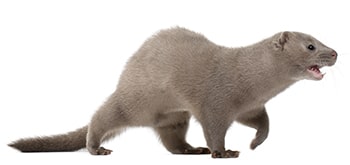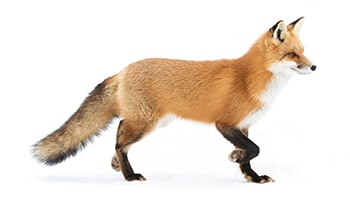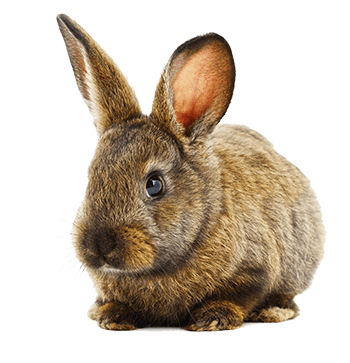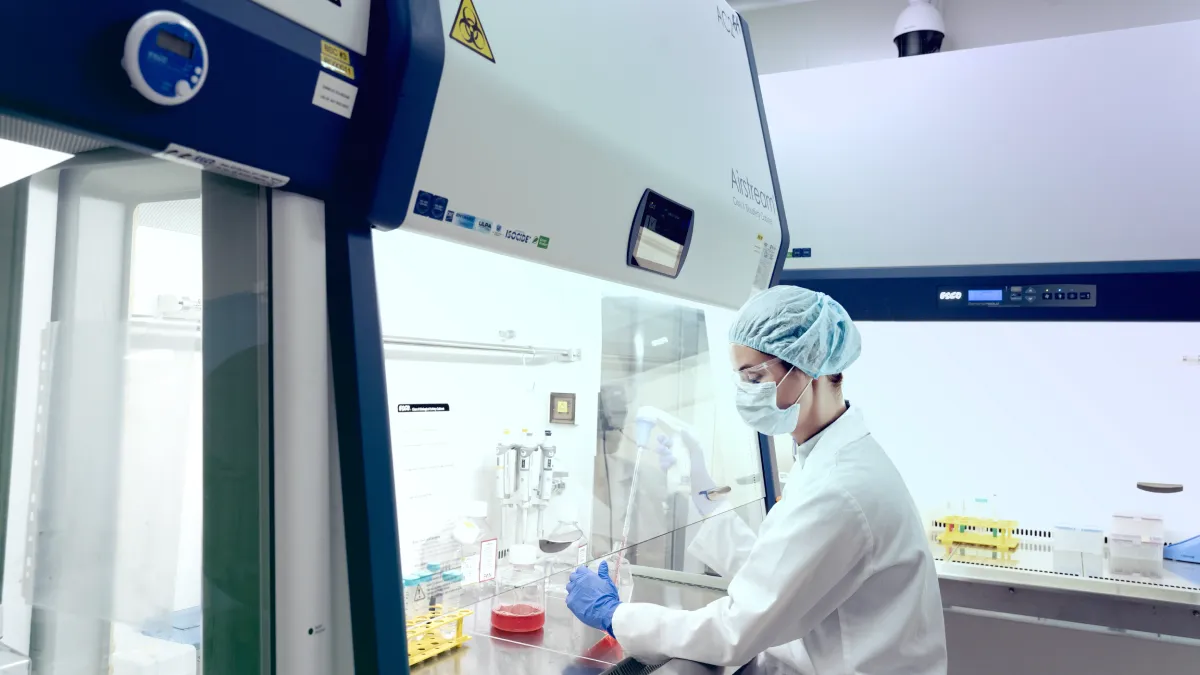Applications
Vaccination Program
The welfare of each fur-bearing animal in a fur farm should be highly considered not just to comply with animal ethics, local, and animal policies but also to obtain quality furs. Along with a balanced diet, good housing conditions, and proper care and handling, this helps develop fur-bearing animals that are less stressed. A study at Aarhus university demonstrated a high correlation between mink behavior and fur quality. A veterinarian should be available to advise for health-related concerns for the animals kept at the fur farm.
Vaccination schedule for fur-bearing animals
| MINK | ||
|---|---|---|

|
Pseudomonas bacterin | 6-8 weeks |
| Botulism | 6-8 weeks | |
| Mink viral enteritis | 6-8 weeks | |
| Pseudomonas bacterin | 10 weeks | |
| Botulism | 10 weeks | |
| Mink viral enteritis | 10 weeks | |
| Canine Distemper | 10 weeks | |
| FOXES AND RACCOON DOGS | ||

|
Rabies | 4 weeks |
| Canine Distemper | 8-9 weeks | |
| RABBITS | ||

|
Myxomatosis | 5 weeks |
| Rabbit Haemorrhagic Disease Virus (RHD1) | 6-12 weeks | |
| Rabbit Haemorrhagic Disease 2 (RHD2) | 6-12 weeks | |
| RHD1 – 2nd injection | 10-16 weeks | |
Mink enteritis virus (MEV) strain used for mink vaccine production has been propagated in adherent culture of embryonic feline lung fibroblasts (E-FL). Roller bottle culture of these cell lines is limiting in terms of scale-up of adherent cells; Esco VacciXcell fixed-bed bioreactors including TideXcell® and CelCradle™, provides the linear scalability of scaling up instead of scaling out.
References:
- Aarhus University. "Breeding confident mink can have side benefits." ScienceDaily. ScienceDaily, 8 December 2015. www.sciencedaily.com/releases/2015/12/151208134118.htm.
- European Commission. Health & Consumer Protection Directorate-General. (2002, October). The oral vaccination of foxes against rabies. Retrieved November 16, 2020, from https://ec.europa.eu/food/sites/food/files/safety/docs/sci-com_scah_out80_en.pdf
- Hundt B, Best C, Schlawin N, Kassner H, Genzel Y, Reichl U. Establishment of a mink enteritis vaccine production process in stirred-tank reactor and Wave Bioreactor microcarrier culture in 1-10 L scale. Vaccine. 2007 May 16;25(20):3987-95. doi: 10.1016/j.vaccine.2007.02.061. Epub 2007 Mar 12. PMID: 17391818
- Rikula U, Pänkälä L, Jalkanen L, Sihvonen L. Distemper vaccination of farmed fur animals in Finland. Preventive Veterinary Medicine. 2001 Apr;49(1-2):125-133. DOI: 10.1016/s0167-5877(01)00177-5.





